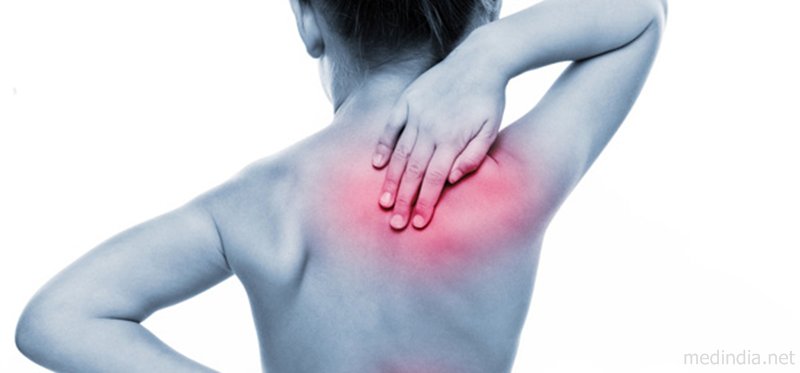
The human shoulder is made of 4 joints,3 bones,numerous ligaments,tendons and muscles. Injuries that are acute and chronic are associated with this area. Children are very susceptible to shoulder injuries as they are very much involved in various outdoor sporting activities .Their immature bones and tendons could be reasons as well and an early identification of such problems favor a successful recovery and a quicker return to activity.
Acute injuries would mean injuries like fractures,dislocation of joints,ligament damage and muscle damage. Injuries to the muscles and ligaments are called strains and sprains respectively. It is quite a rare thing to find a child with a dislocated shoulder but can’t say the same about adolescents. When dislocated,the shoulder pops out of the socket completely and sits in front of the joint. An X ray must be taken and the shoulder placed back in the joint by a well experienced doctor. Dislocations stretch the soft tissue that holds the joint in place and makes the joint prone to another dislocation. To overcome this ,the adolescent must go through extensive rehabilitation to strengthen the muscles. A sling must be worn for a short period as well. The Acromioclavicular joint is dislocated at times and this is commonly known as the ‘separated shoulder’. This most often affects adolescents who receive a sharp blow to the shoulder tip. Again,most cases of separated shoulder is treated with the usage of a sling. It usually heals completely in 4-6 weeks. These injuries can happen while being engaged in contact sports or in activities which place high demands on the shoulder muscles( eg- fast bowling in cricket) .
Injuries from excess usage happen when the shoulders repeat the same motion over and over again over time. Swimming, baseball and tennis are sports which have a high incidence of such injuries as they place a lot of demand on the not so mature shoulder structures of adolescents and may result in symptoms that prevent athletic participation altogether. Pain will be experienced while throwing or swimming. Shoulder stiffness and even weakness in the arm maybe experienced too. Throwing injuries are very common as well. While throwing,the shoulder muscles go through a wide range of motion that causes gradual stretching and weakening of the capsule and ligaments,leading to instability of the shoulder joint as the structures can no longer hold the joint in place effectively and the shoulder now can slip partially out of the socket. The muscles and tendons must work harder to counter this and this,leads to their inflammation. The inflammation of the growth plate in the upper arm is called Epiphysitis. Proper sport technique and warm up are most important to reduce risks of these.
In these sports mentioned here,athletes use their arms over their heads as part of the activity, repeatedly, to throw and to catch. This repetitive overhead use of shoulder can lead to rotator cuff tendinitis .The rotator cuff is a bunch of muscles which help hold the ball of the shoulder in it’s socket. The overhead activity can cause the rotator cuff to be pinched under the shoulder blade which can lead to tendinitis. It gets better when one rests and ices the shoulder.
Repetitive shoulder instability may result from a traumatic dislocation or from chronic stretching of the joint capsule. This is commonly seen in swimmers and severely limits performance. Rest and modification of swimming strokes are the ways to go about this injury. To summarize,children and adolescents are quite prone to shoulder injuries. Parents should give importance when children experience and express significant shoulder pain and should not encourage them to play in pain. The quickest recognition of the problem is most important. Delaying treatment could lead to long term damage and might even hinder the child/adolescent from taking part in sports.




